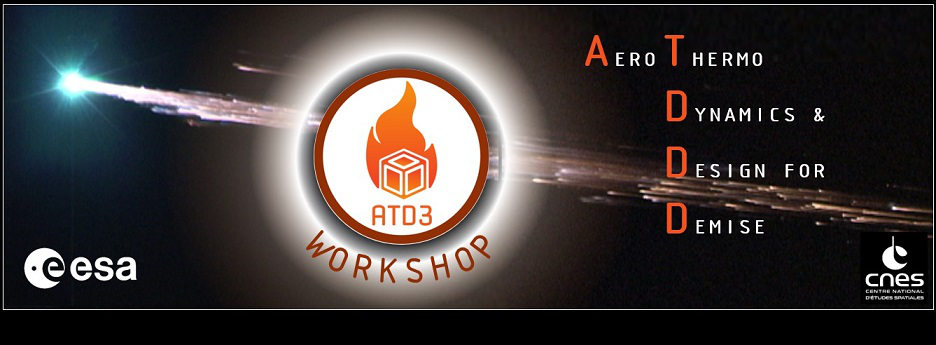Speaker
Description
Between 2000 and 2020, the number of man-made objects in orbit around the Earth has increased by approximately 82%, reaching a value close to 20000 objects, from which 53% are fragmentation debris. The current tendency is for the number of space objects to grow with the emergence of new satellite and CubeSat constellations.
To avoid the cluttering of space and decrease the risk of in-orbit collisions, they must be safely removed after reaching their end of life. A quite effective solution to this problem is to make the objects undergo destructive atmospheric re-entry, either controlled or uncontrolled, through which it breaks into several fragments, eventually demising due to the high aerothermal loads experienced during the re-entry process.
The accurate prediction of the destructive process and trajectory dynamics is of utmost importance to correctly assess the ground impact risks of surviving fragments. However, most state-of-the-art prediction tools use engineering and surrogate models that are unable to capture the occurring flow interactions formed by complex geometries and by the presence of multiple fragments in high-enthalpy regimes, which can impact the structural integrity and dynamics of the objects. Such flow features can be captured using high-fidelity tools, but their strict use is not computationally feasible.
To overcome this issue, the multi-fidelity based tool \textit{TITAN} (TransatmospherIc flighT simulAtioN) is being developed. The tool uses fully automated criteria to identify the level of fidelity required at each time step, enabling to switch between low-fidelity and high-fidelity models to compute the aerodynamic and aerothermodynamic quantities at the different flow regimes experienced by the bodies during the reentry process (e.g. rarefied, transitional, slip-flow and continuum regime), minimizing the uncertainty of the results. The dynamic motion of the objects is computed using the integrated 6 Degrees Of Freedom (DOF) trajectory propagator, enabling to analyse individual fragment trajectory.
This work investigates the importance of correctly resolving the generated flow features in predicting fragment dispersion due to the presence of multiple surrounding bodies. TITAN quasi-steady approach is used to numerically rebuild VKI's experiment of a free-flying ring crossing a shock-wave generated by a stationary cylinder in a Mach 14 Nitrogen flow, conducted at the VKI Longshot hypersonic tunnel. In addition, further validation of the high-fidelity model used within TITAN is conducted through the simulation of a standalone free-flying ring with several orientations and a comparison of the results with numerical and experimental data.

